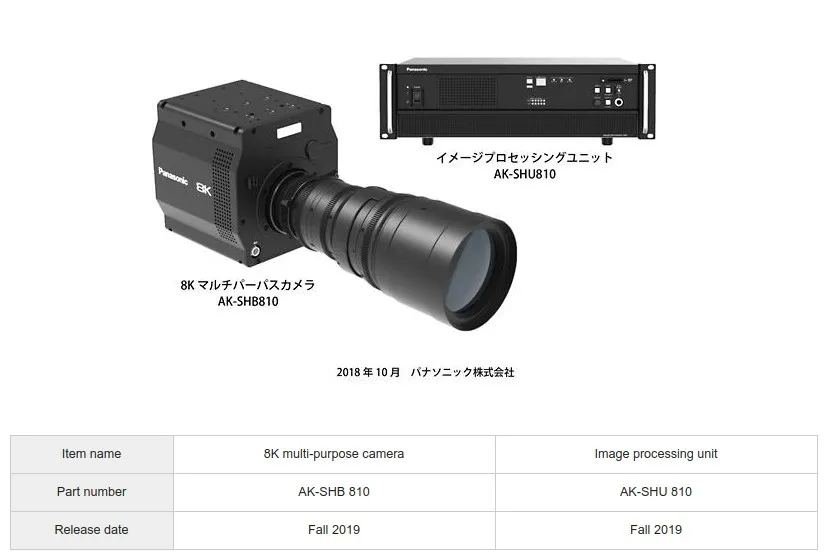[Текст на српском] Since the beginning of digital era, sensors were mostly improved in one basic framework: Improving resolution and light sensitivity on the basis of same material — Silicon. Panasonic just announced the result of their cooperation with Fujifilm — 8K organic sensor!
In the old technology, both CCD (Charge-Coupled Device) and CMOS (Complementary Metal-Oxide Semiconductor) image sensors start at the same point — they have to convert light into electrons. They actually count photons captured by every single sensor cell. CCD’s lost the race because CMOS were much cheaper to produce and had much better energy consumption. A fair amount of improvement are made on this concept (Back-Side Illuminated, or BSI sensors for example, like in the new Fujifilm X-T3), but organic film is long waited new technology. What will it bring?
First, new design promises a wide dynamic range at 8K resolution (7680×4320 or 33Mpix):
A newly developed organic sensor realizes a laminated structure in which an electric charge accumulation part is arranged in a lower layer by using an organic thin film for a photoelectric conversion part. With each structure completely independent, both photoelectric conversion and charge accumulation are efficiently compatible. First, in the photoelectric conversion part, the area of the light receiving part is enlarged, realizing a wide dynamic range corresponding to the contrast difference. For example, even at the stadium, shooting at 8 K high resolution will be possible even for scenes with a large difference in brightness, such as a strong sunlight field and an audience seating shade.
Second, it promises complete control over sensitivity, including very simple use of electronic ND filter, which will solve the problem of oversaturating sensor in strong light.
Organic sensors can change the sensitivity by controlling the voltage applied to the organic thin film. The electronic ND filter is capable of continuous continuous step-by-step sensitivity setting, and the degree of freedom of photography is further improved.
And third, most imortant promise: Global Shutter! That means no more rolling shutter in video, and soon, possible elimination of the mechanical shutter from the cameras. So far the global shutter operates only when the shutter speed is faster than 1/120.
By increasing charge accumulation and readout efficiency, it is possible to mount a global shutter that simultaneously exposes all the pixels. This makes it possible to perform accurate imaging with no skew in the rolling shutter mode (a phenomenon in which skew distortion occurs in a moving object at high speed), flash band (phenomenon in which light and shade difference occurs between the top and bottom of the screen due to the flash being exposed).
Panasonic promises cameras ready for the Tokio Olympics in 2020, while 8K is speculated to become a mainstream consumer display resolution around 2023.

This reference machine will be exhibited to the International Broadcast Equipment Exhibition "Inter BEE 2018" held in Makuhari Messe, Chiba prefecture from Wednesday, November 14, 2018 to Friday, November 16, 2018.
I have to say just one thing:
Bring it on!



Universal Basic Income
photography technology science panasonic fujifilm
